On the birth anniversary of American painter and Morse code co-inventor Samuel Morse, we present some interesting trivia on the man and his co-creation
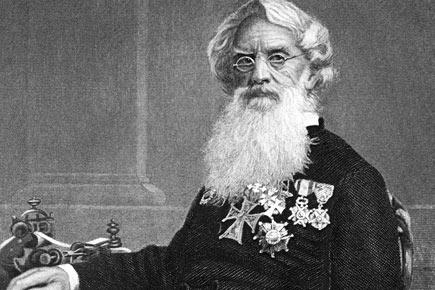
Samuel Morse
>> Samuel Morse was inspired to explore a means of rapid long distance communication after suffering a personal tragedy in 1825. While at Washington DC, Morse had received a letter from his father about his ailing wife's sudden death. By the time he reached his hometown New Haven she was already buried. He therefore resolved to devote himself to find a means of immediate communication after this incident.
>> Morse developed the concept of a single-wire telegraph after witnessing various experiments with Charles Thomas Jackson's electromagnet after meeting the fellow American in 1832 while in Europe.
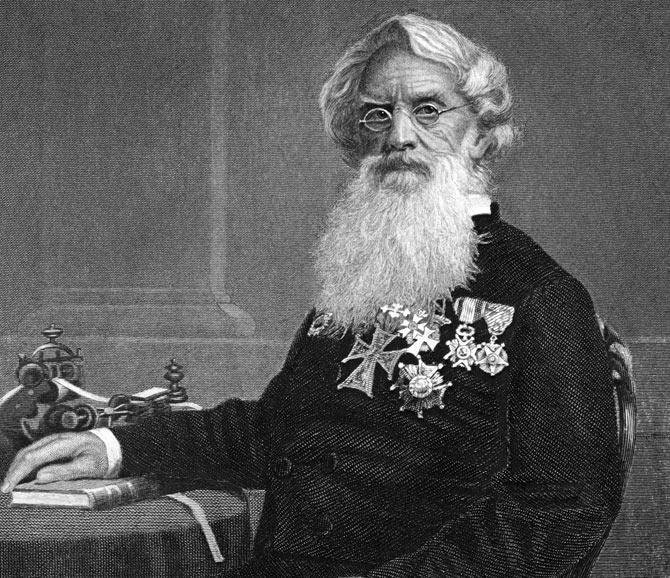
Samuel Morse
>> Beginning in 1836, Samuel Morse, physicist Joseph Henry, and Alfred Vail developed a system that sent pulses of electric current along wires which controlled an electromagnet that was located at the receiving end of the telegraph system. A code was needed to transmit natural language using only these pulses, and the silence between them. Morse therefore developed the forerunner to modern International Morse code.
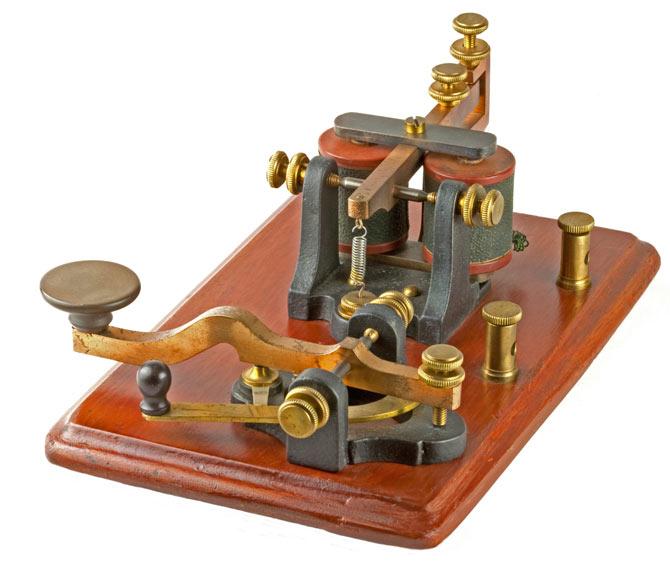
An antique Morse telegraph. Pic for representational purposes
>> Morse code has been employed as an assistive technology, helping people with a variety of disabilities to communicate.
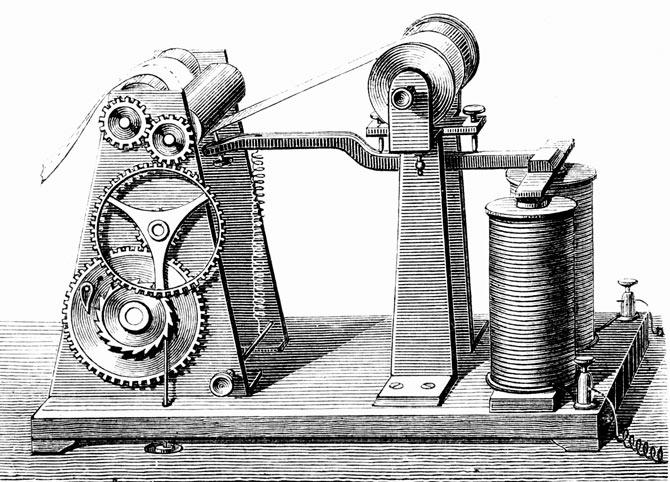
A diagram of Samuel Morse's original version of the Morse telegraph
>> People with a variety of disabilities are able to use Morse code as an assistive technology, which helps them communicate. Morse code can be translated by computer and used in a speaking communication aid. People with severe motion disabilities in addition to sensory disabilities can receive Morse through a skin buzzer.
>> A well-known Morse code rhythm from the Second World War period derives from Beethoven's Fifth Symphony, the opening phrase of which was regularly played at the beginning of BBC broadcasts.
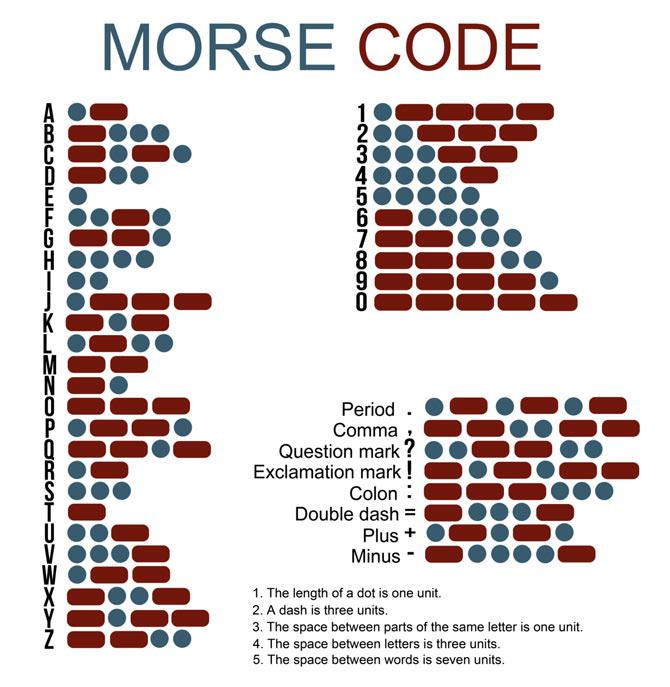
>> The Morse code is generally taught using two methods namely the Farnsworth method and the Koch method. In the Farnsworth method the user is taught to send and receive letters and other symbols at their full target speed, that is with normal relative timing of the dots, dashes and spaces within each symbol for that speed. The Koch method uses the full target speed from the outset, but begins with just two characters. Once strings containing those two characters can be copied with 90% accuracy, an additional character is added, and so on until the full character set is mastered.
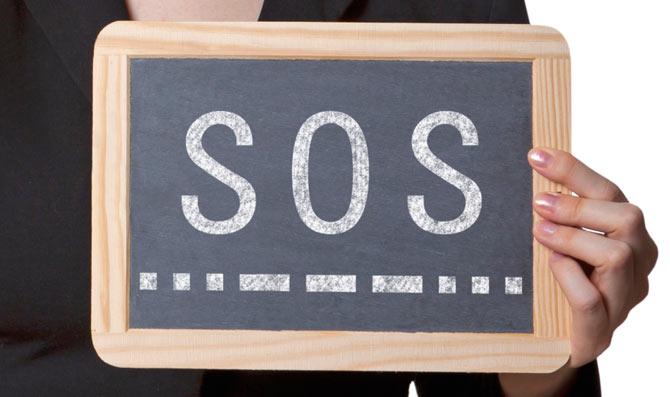
>> Morse code can be sent by improvised methods that can be easily "keyed" on and off during an emergency. The most common distress signal is SOS or three dots, three dashes and three dots, internationally recognized by treaty.
>> Although the traditional telegraph key (straight key) is still used by some amateurs, the use of mechanical semi-automatic keyers (known as "bugs") and of fully automatic electronic keyers is prevalent today. Software is also frequently employed to produce and decode Morse code radio signals.
>> Morse code is most popular among amateur radio operators. Pilots and air traffic controllers usually need only a cursory understanding. Aeronautical navigational aids, such as VORs and NDBs, constantly identify in Morse code.
 Subscribe today by clicking the link and stay updated with the latest news!" Click here!
Subscribe today by clicking the link and stay updated with the latest news!" Click here!









